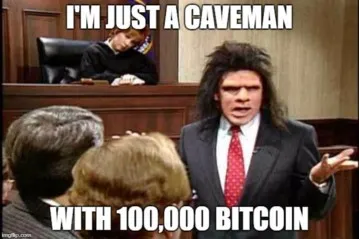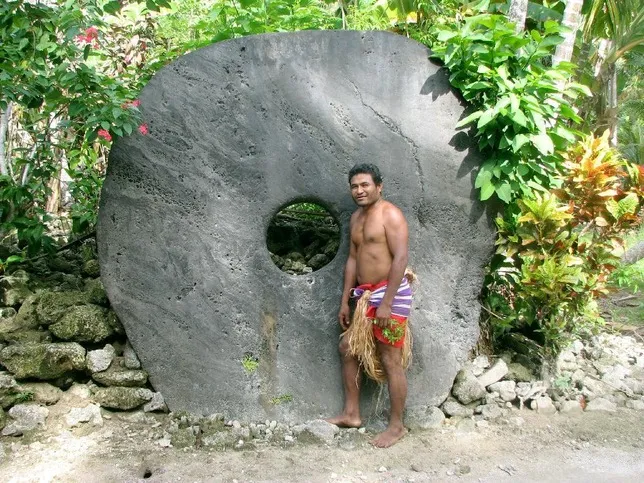Many people have the impression that the first economic systems that humans developed was the barter system.
However, this is not the case.

We know about the earliest economic system by the earliest examples of writing: the ledger system.
Ledgers
A ledger is simply a tally of transactions in units of number and/or value.
The first ledgers were mental: members of a tribe kept track of who owes what to whom in their minds, and because communities were small and intimate, trust was high. In other words, everybody had a memory of the current transactions on the tribal ledger which would update as the tribe communicated with each other through their daily lives.
Simple enough. We do this at a lesser level still today. For instance, you might borrow your neighbors leaf blower, and at some point in the future your neighbor recognizes that you have a claim to borrow his lawnmower. It's that simple.
As Tribes Grow and Outsider Interaction Increases
Naturally, as humanity grew, so did the size of tribes, and contact between tribes became more frequent.
These tribes did not have as much trust across their communities as they did within them, so they had to start keeping track of transactions by some other means besides memory.
Examples of the evolution of this process can be seen in the Rai stone:
Rai, or stone money (Yapese: raay), are large, circular stone disks carved out of limestone formed from aragonite and calcite crystals. Rai stones were quarried on several of the Micronesian islands, mainly Palau, but briefly on Guam as well, and transported for use as money to the island of Yap. They have been used in trade by the Yapese as a form of currency. The monetary system of Yap relies on an oral history of ownership. Because these stones are too large to move, buying an item with one simply involves agreeing that the ownership has changed. As long as the transaction is recorded in the oral history, it will now be owned by the person it is passed on to and no physical movement of the stone is required.

Pretty interesting, right?
The Rai stone is a combination of memory and physical ledger. The ledger exists as a single token, the ownership of which is agreed upon and remembered.
Money Tokens as a Source of Value
These days, humanities connection with the origins of money has alienated them from its true meaning.
Most people today think that money is valuable because it has something backing it -- weather that something is a physical asset like gold or oil, or the trust and backing of a government like fiat.
But the only real qualities that money needs is to somehow be a good ledger. If the ledger requires trust, that trust must be high, such as in the case of the USD or Euro.
How Bitcoin Changed Everything
Bitcoin, at its core, is just a ledger.
But unlike your checkbook, the transactions are written automatically and stored in a cryptographically secured distributed ledger that anyone can reference and audit at any time.
Bitcoin is an extremely secure ledger that is open to anyone who wants to use it at any time.
This makes bitcoin the best, strongest, and most globally accessible form of money ever created.
And that's why its value in other assets (dollars) continues to rise, and will continue to rise into the foreseeable future.
What do you think?
I had to cut this a little short because of time constraints, but I hope I'm getting the general idea out there for others to bounce around with me.
Have you thought about money in this way? Tell me what you think.
